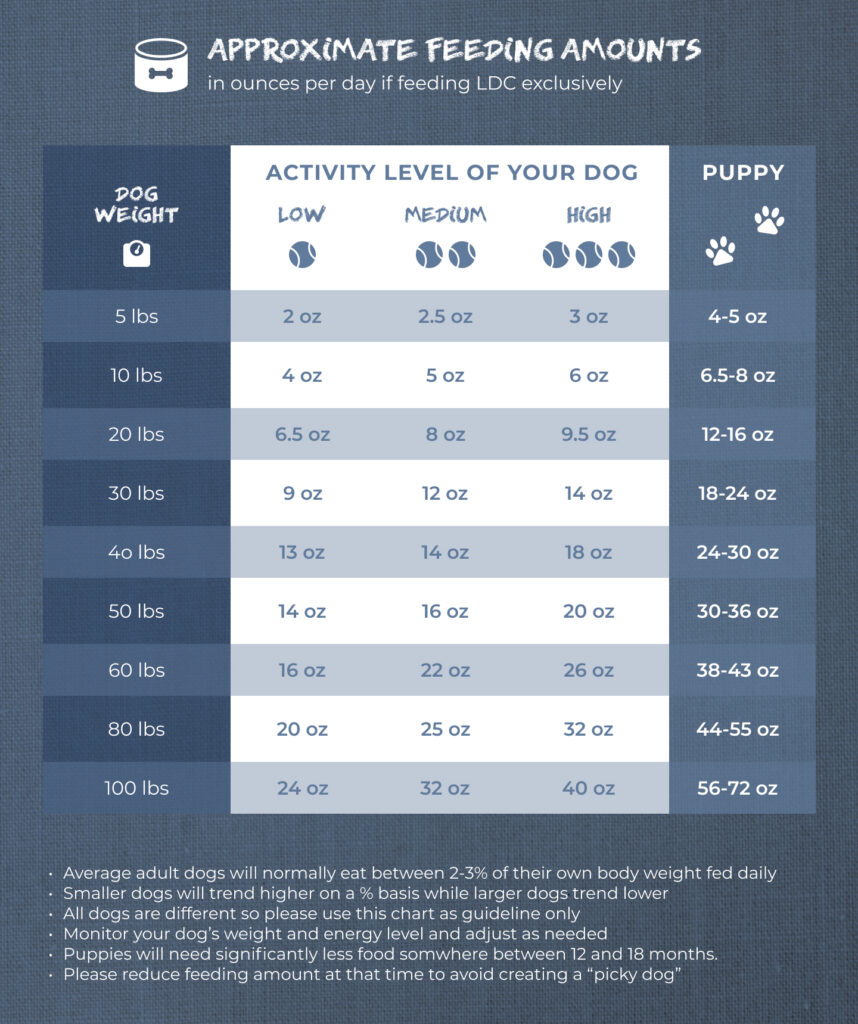Addison’s Disease is a serious, life threatening illness that is often misdiagnosed. I have had first hand experience dealing with this condition in one of my own dogs. With vigilant care your dog can go on to live a healthy, happy life.
I had grown up with miniature poodles and loved them to bits. I also always wanted a big dog, so for my 40th birthday my family and I picked up my beloved black standard poodle, Storm. She was a delightful, sweet puppy and probably the least appropriately named dog. Although there was nothing stormy about her personality, we did have a stormy road ahead with her health.
 When Storm was a year old she got a new brother, George. He was also a standard poodle from the same breeder. George was the runt of the litter but sure had a huge personality. He fiercely protected his big sister against any and all outsiders! He was a tough little guy and my husband’s favorite dog of all time!
When Storm was a year old she got a new brother, George. He was also a standard poodle from the same breeder. George was the runt of the litter but sure had a huge personality. He fiercely protected his big sister against any and all outsiders! He was a tough little guy and my husband’s favorite dog of all time!
Our family was very active in baseball. The kids played and my husband coached. One summer when Storm had just turned two years old, we took the whole gang to an all day tournament. The weather was cold and rainy. Storm was listless all day. On the way home I felt her feet and they were stone cold.
I brought her to the vet, who was also her breeder. All her blood work came back normal but she continued to be quiet and lethargic. Over the next few weeks Storm went from a healthy 51 pounds down to 29 pounds. Unknown to us, she was about to have her first Addisonian crisis.
 Storm had all the typical symptoms that came and went:
Storm had all the typical symptoms that came and went:
- weakness and lethargy
- dehydration with shaking
- low blood pressure and weak pulse
- depression
- loss of appetite
Further blood tests revealed that her potassium and sodium levels were out of balance and she was anemic. It was difficult to diagnose but we did a test that was definitive for Addison’s disease. This is an ACTH stimulation test. ACTH is produced by the pituitary gland, which in turn stimulates the adrenal glands to produce it’s various hormones. ACTH injection is used to test the response of the adrenal glands. Dogs should have an increase in adrenal gland output following injection. Storm’s initial blood levels of cortisol were very low and they stayed low after the test. The diagnosis was confirmed. We were devastated.
Over the years to follow she also experienced episodes of muscle weakness, diarrhea with bloody stools, and periods of vomiting. She even collapsed on one of our gentle walks and my husband had to carry her back home.
In my next blog I will go into more detail about the adrenals. We’ll talk about how Addison’s Disease can be treated and managed and I’ll share more of our experiences dealing with Storm’s illness over the course of her lifetime.

